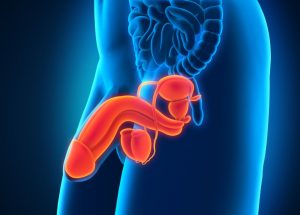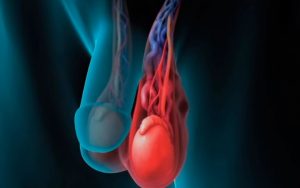Varicocele is a varicose vein in the testicle. Pathology is more common in adolescents aged 14-15 years and is one of the most common causes of male infertility.
Varicocele is a varicose vein that forms the so-called uviform (plexus) plexus of the testicle. The word “varicocele” comes from the Latin “varix” -venous node and the Greek “kele” -tumor, which together can be interpreted as a “tumor” from the venous nodes.
This is a fairly common pathology of the male reproductive system among all age groups, but most often occurs in adolescents during the period of their intensive growth (14-15 years).
Varicocele is one of the most common diseases among the male population and is diagnosed in 10-15% of all men. Moreover, if we take all men with infertility, then varicocele is detected in 40% of them. Moreover, if we single out a group of men with so-called secondary infertility (that is, those men from whom women have previously become pregnant, but who currently cannot become fathers), it turns out that varicocele occurs in 80% of such men. Since infertility is male in 30-40% of cases, and mixed in 20%, both partners must be examined.
Causes
Varicocele is caused by an increase in pressure in the veins that form the so-called. plexus plexus of the testicle, which is usually associated with the peculiarities of the anatomical location of these veins. More often varicocele occurs on the left due to the peculiarities of the course of the left testicular vein.
Among the factors contributing to the development of the disease, mention should be made of prolonged intense physical activity, diseases in which intra-abdominal pressure increases, and thrombosis or compression of the renal veins. For example, the sudden onset of varicocele in old age occurs in kidney cancer.
How is it manifested?
As a rule, patients complain of pulling pain in one or both testicles, scrotum or groin on the affected side, enlargement or prolapse of the scrotum, more often on the left. The pain increases with exercise, walking and during intercourse. Often these patients develop infertility.
There are several stages in the development of varicocele https://en.wikipedia.org/wiki/Varicocele:
Varicose veins are detected by touch only when straining in an upright position of the body;
The varicose veins of the testicle are visually determined, the size and consistency of the testicle are not changed;
Pronounced enlargement of the veins of the uviform plexus of the testicle, the size and consistency of the testicle are changed.
